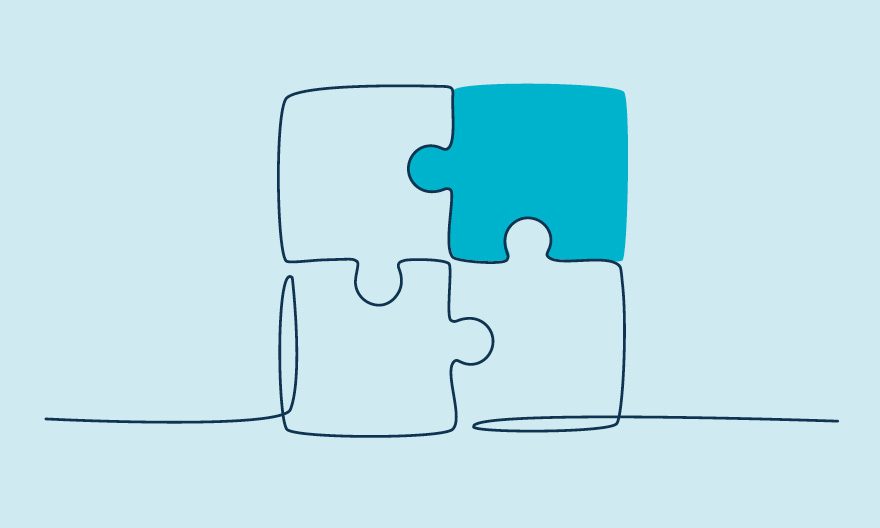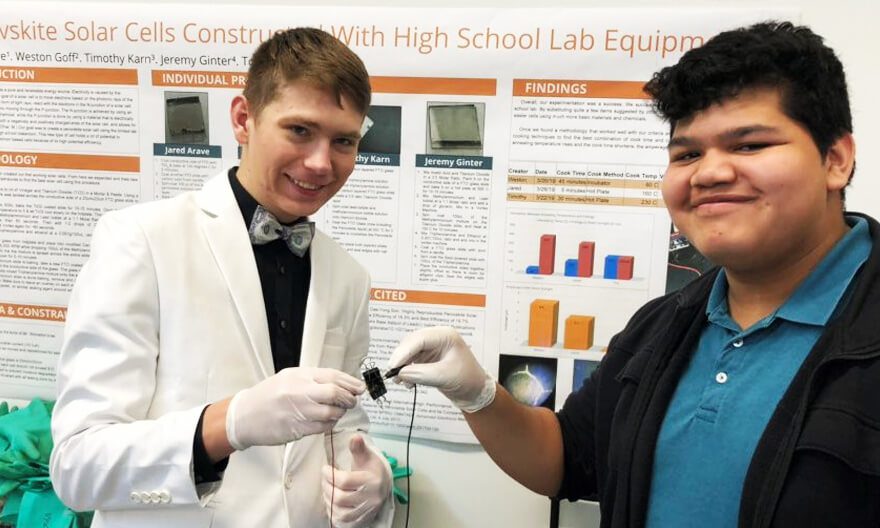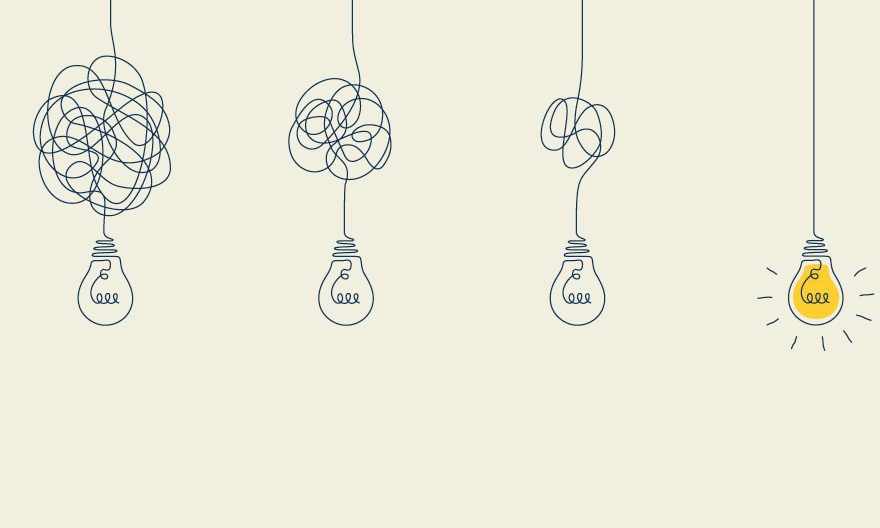What is standards-based grading?
A traditional approach communicates summative achievement ― as well as participation, effort, and extra credit ― with a single percentage or letter grade. This approach values the completion of work more than learning.
Standards-based grading is a system for measuring and reporting students’ progress toward mastering learning goals. It involves examining evidence of multiple standards over time to determine what students have learned and what they still need to learn.
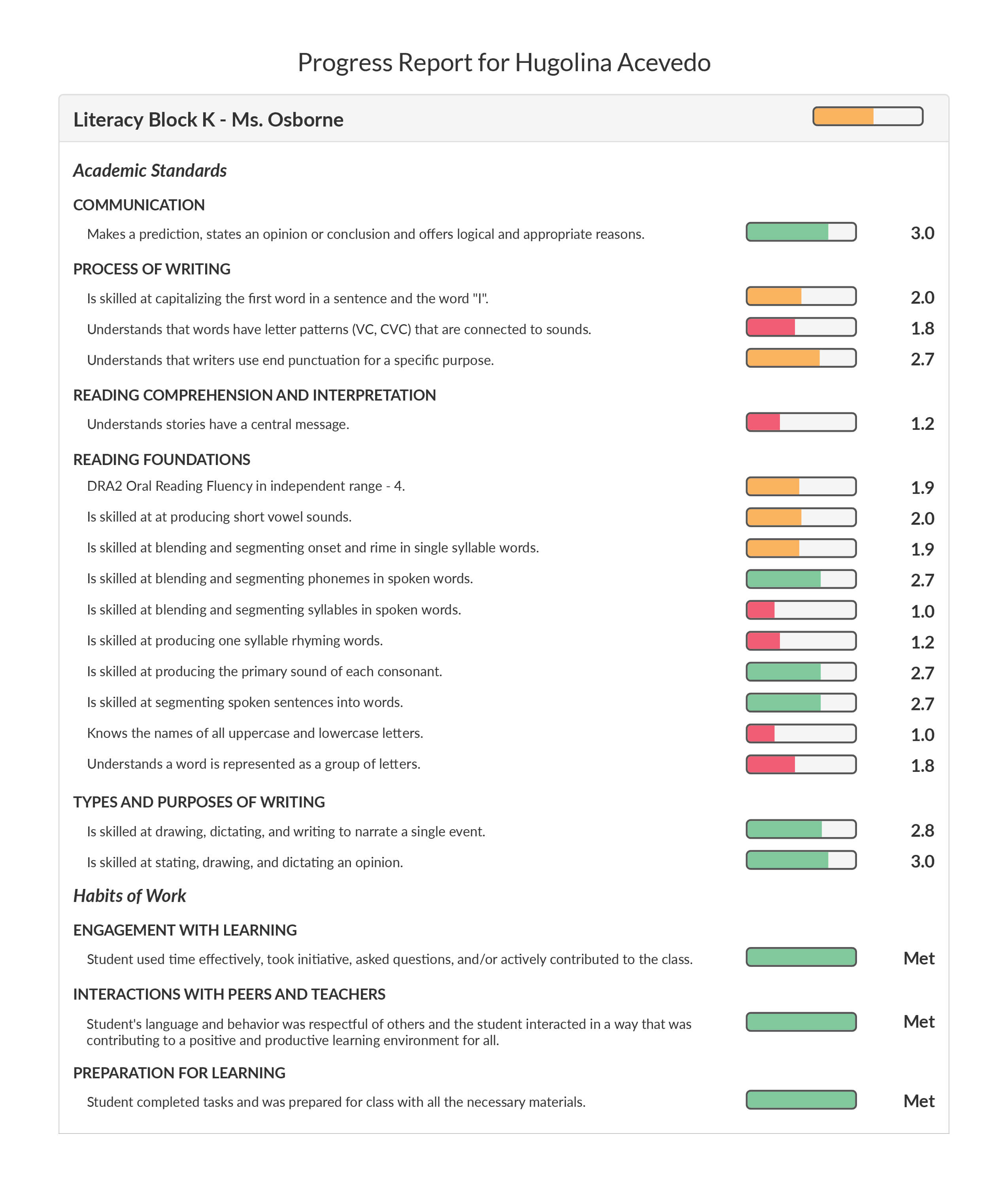
Standards-based grading isn’t just good practice ― it’s grounded in neuroscience
Standards-based grading supports the way students’ brains are wired to create the best conditions for learning. Ready for a quick primer on the human brain?
The brain has two primary survival mechanisms: to seek patterns and to seek pleasure.
Seeking Patterns
When presented with unexpected sensory input — such as unfamiliar questions — the brain rapidly scans stored memories to find one that matches the new information. The brain uses patterns like these to make predictions and decide how to act.
Seeking Pleasure
When the brain makes an accurate prediction and acts in a way that gets the desired result, dopamine is released ― promoting a sense of pleasure and satisfaction. The brain finds this so pleasurable that it remembers the actions that caused this response and seeks opportunities to repeat them. As the brain pursues this goal, it results in better attention, motivation, curiosity, perseverance, and memory.

Standards-based grading satisfies the brain’s desire to seek patterns and pleasure.
When a student knows what it looks like to succeed ― through success criteria and mastery levels, for example ― the brain is more likely to make accurate predictions and act in a way that gets the desired result.
When a student receives specific, actionable feedback along the way, they are more likely to succeed, which makes their brain release dopamine and motivates the student to continue working hard.
In this process, the brain creates new stored memories of what it took to succeed. This means that an unfamiliar question or a challenging assignment isn’t as scary next time because the brain knows what it needs to do. Over time, this results in learning and success.
[Source: Upgrade Your Teaching: Understanding By Design Meets Neuroscience by Jay McTighe and Judy Willis, MD]
Does your gradebook support your practice? It should.
When your tools support your practice, your work gets easier, your students get more of your time and attention, and your entire standards-based implementation gets stronger.
You shouldn’t have to wrestle with a traditional gradebook to try to get it to report on standards ― it was not designed to do that and will never do it well.
Standards-based grading helps ensure that all students learn, grow into self-motivated learners, and succeed. And isn’t that what we’re all working toward?
JumpRope is a standards-based gradebook that helps connect teaching practice with learning standards, making it easier for teachers to implement standards-based teaching practices. For example, JumpRope helps teachers provide descriptive feedback on the standards. And JumpRope makes it easy for students and families to view progress online at any time.
Standards-based grading helps ensure that all students learn, grow into self-motivated learners, and succeed. And isn’t that what we’re all working toward?
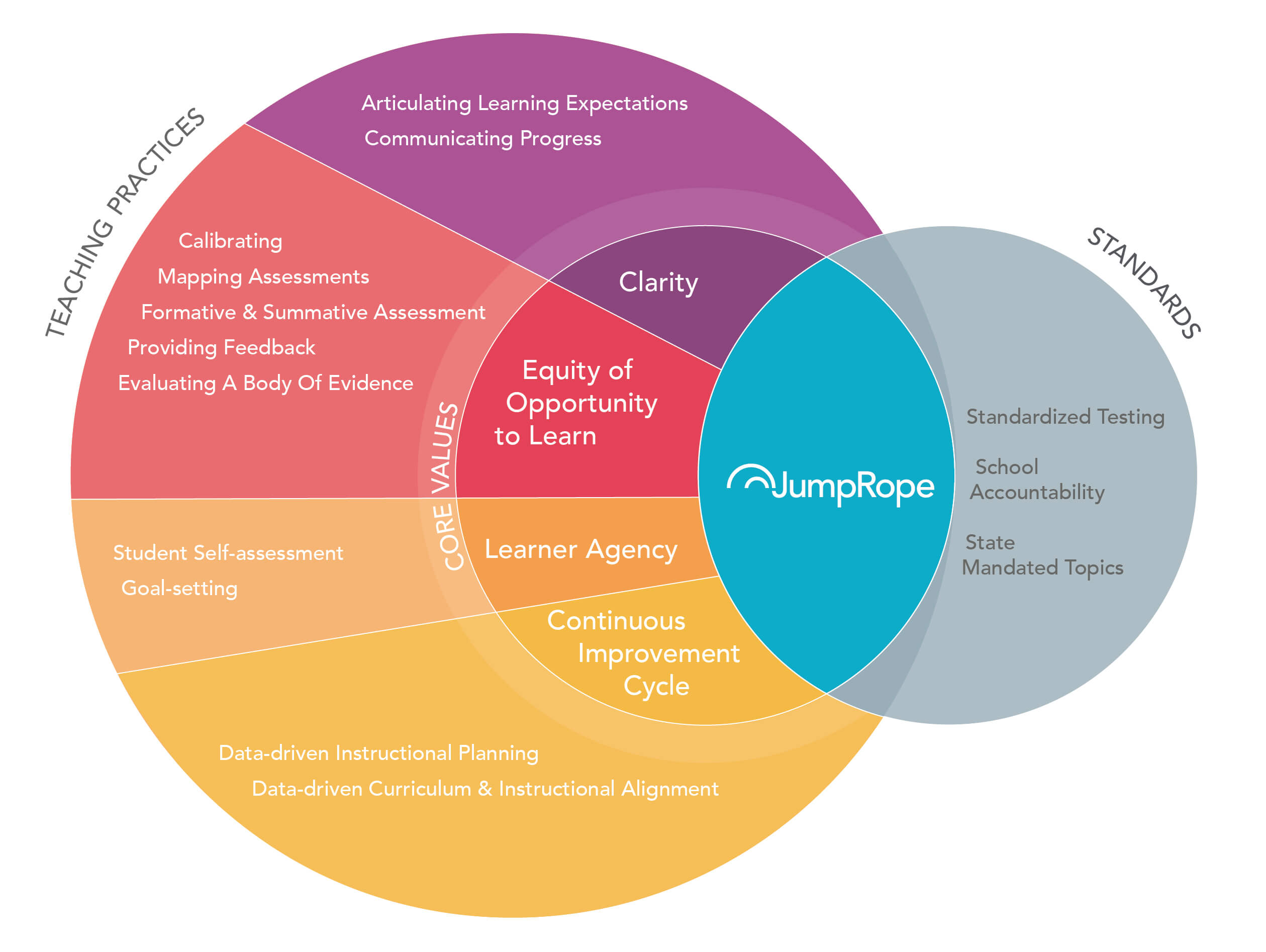
What does strong standards-based teaching practice look like?
At JumpRope, we believe that the best way to increase student learning is to strengthen each teacher's professional practice. That's why our software is designed to support teachers in implementing effective standards-based teaching practices.
In fact, we care so much about staying grounded in what works in classrooms that we even derived our company's Core Values — which guide every aspect of our work from the way the software is designed to the new features we add — directly from strong standards-based teaching practices and the deeply meaningful outcomes these create for students.
Browse Our Library of Core Value Resources
Clarity
Core Value
Clarity
We believe that students can achieve anything if they know what their learning goal is, how they are doing along the way, what they need to do next, and how they will be assessed.

Teaching Practice
Articulating learning expectations
- Unpack the standards
- Share learning expectations
Communicating progress toward meeting learning expectations
- Conduct formative assessments to monitor student progress during the learning process and communicate with students what they can do and what they need to work on
- Conduct summative assessments to determine whether students have achieved mastery of the articulated learning expectations
- Report progress on the articulated learning expectations to parents and students in an ongoing or periodic fashion
Figuring Out Learning Expectations
Student Self-Assessment
Transparency in Rubrics
Validity
Why and How to Use Rubrics
Sharing Learning Expectations
JumpRope Training. Focus on the “Why”
Whether during an initial setup meeting or in a frantic email, one question we hear frequently is, “How do I get…
Different Approaches to Unpacking Standards
Moving From Standards to Learning Targets
Why Unpack Standards?
Pass/Fail in a Standards-based Learning System
Equity of Opportunity to Learn
Core Value
Equity of Opportunity to Learn
We believe that all students deserve sufficient opportunity to acquire skills and knowledge.

Teaching Practice
Using varied instructional strategies
- Align strategies to expected outcomes
- Align strategies to students’ needs
Calibrating
- Establish validity
- Establish reliability
- Collaborate with colleagues
Mapping assessments
- Plan for both formative and summative assessments
- Decide when, where, and how often
Providing feedback
- Provide specific feedback
- Provide actionable feedback
Evaluating a body of evidence
- Plan for multiple pieces of evidence of learning
- Disaggregate scores by target/indicator
- Honor the level of mastery a student is ultimately able to achieve
- Redos and retakes
Practice-Software Tip #5: Providing Feedback
Practice-Software Tip #4: Formative and Summative Assessments
Practice-Software Tip #3: Mapping Assessments
Calibration Through Collaboration
Collaboration
Reliability
Validity
Assessment Mapping
Providing Feedback
Classroom Assessment
Meeting the Range of Students’ Needs
Matching Instructional Strategies to Learning Goals
JumpRope Core Values
Most Recent, Power Law, and the Decaying Average
Learner Agency
Core Value
Learner Agency
We believe that the ability to set goals and self-assess empowers students to become self-motivated learners.

Teaching Practice
Encouraging student self-assessment
- Provide a structure
- Provide tools
Supporting student goal-setting
- Model by providing feedback
- Provide means for tracking progress
Practice-Software Tip #6: Encouraging Student Self-Assessment and Goal-Setting
Practice-Software Tip #2: Data and Goal Setting for Students
Student Self-Assessment
Student Goal-Setting
JumpRope Core Values
Continuous Improvement Cycle
Core Value
Continuous Improvement Cycle
We believe that schools need to engage in a cycle of continuous improvement to ensure that curriculum and instruction truly meet students’ and society’s needs.

Teaching Practice
Data-driven instructional planning
- Review past data of current students to plan
- Review student progress data to plan additional supports for students
Data-based curriculum and instruction alignment
- Review assessment data for each learning outcome to reflect on instruction
- Review assessment data by expectation to consider alignment, verticality and trend in performance
Practice-Software Tip #9: Collaboration and Calibration
Practice-Software Tip #8: Using Data to Improve Instruction
Practice-Software Tip #7: Using Data to Differentiate Instruction
Combining Mastery Data and Curriculum Alignment Data to Drive Student Achievement
Learning is now a “two-way relationship” between teachers and students
Students are willing to take risks while learning without worrying about their grades
Supporting Teacher Practice with School-Level Data
As a building administrator, and then later as a district curriculum coordinator, I was always looking at data.…























